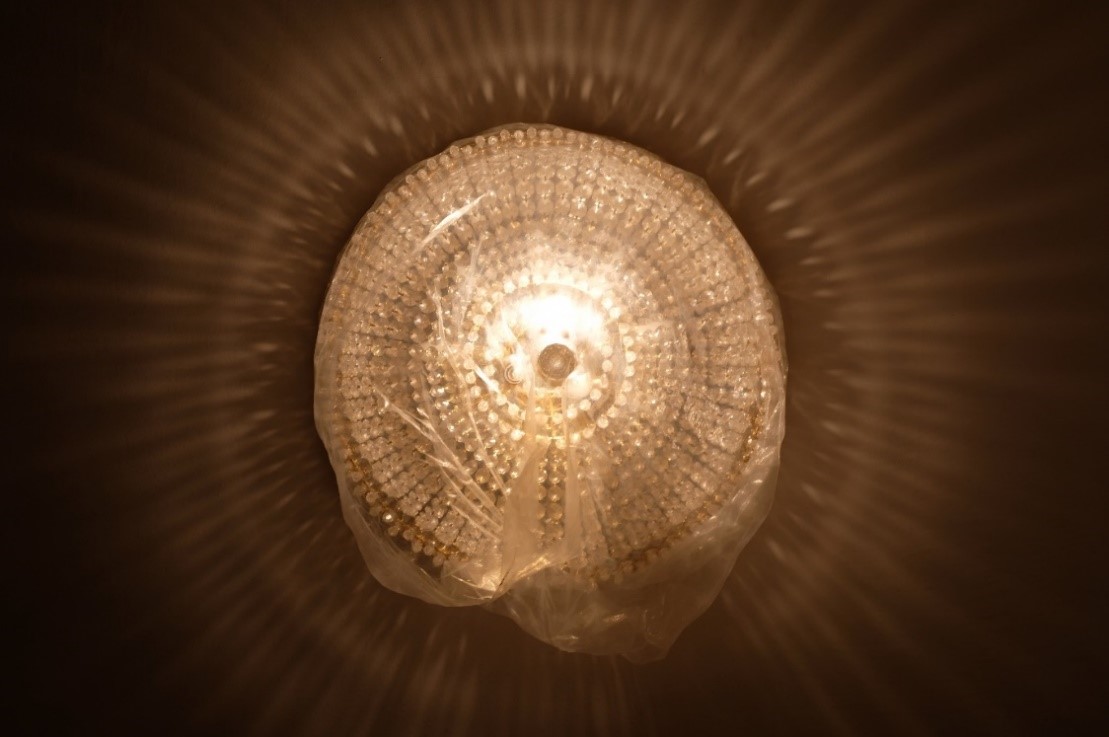A little prick and a shuttle loaded with antimicrobials is injected into the patient’s blood circulation. The antimicrobial delivery vehicle targets infected cells, inactivates microorganisms that grow and reproduce inside them and supports the body’s own defense system. In my PhD, I’m developing this antimicrobial shuttle and design microfluidic platforms to test the efficiency of drugs against intracellular infections.
Our delivery system is based on two components: DNA origami nanostructures and liposomes. DNA origamis are structures of any particular two or three-dimensional shape formed by base-pairing properties of DNA. These origamis are loaded with antimicrobials and are modified with aptamers, short single-stranded DNA sequences, to sense and bind bacteria. However, the inability of DNA nanostructures to enter infected cells, and the instability in our blood circulation, limit their potential to target intracellular pathogens. Hence, we need to encapsulate the DNA nanostructures in a protective layer that can fuse with mammalian cells. Liposomes surrounding the DNA origami structures like a balloon have these capabilities. They are composed of lipids that self-assemble into a bilayer due to amphiphilic properties. With amphiphilic meaning one side of the molecule loves water, and the other one loves fats. If the lipids are mixed in an aqueous solution, the fat-loving sites will face each other, whereas the water-loving sites face the aqueous solution. Our liposomes forming around the antimicrobials are charged and can fuse with mammalian or bacterial cell membranes, making it possible to target intracellular infections.
While designing antimicrobial delivery vehicles, I’m developing a platform based on microfluidics. Microfluidics are devices that process a small quantity of liquids and hold the potential of high-throughput analysis. We will design these platforms to mimic single cells with bacterial infections and use advanced microscopy techniques to determine our shuttle’s bacterial targeting and kill capabilities.
NanoDTC PhD Student, c2020

